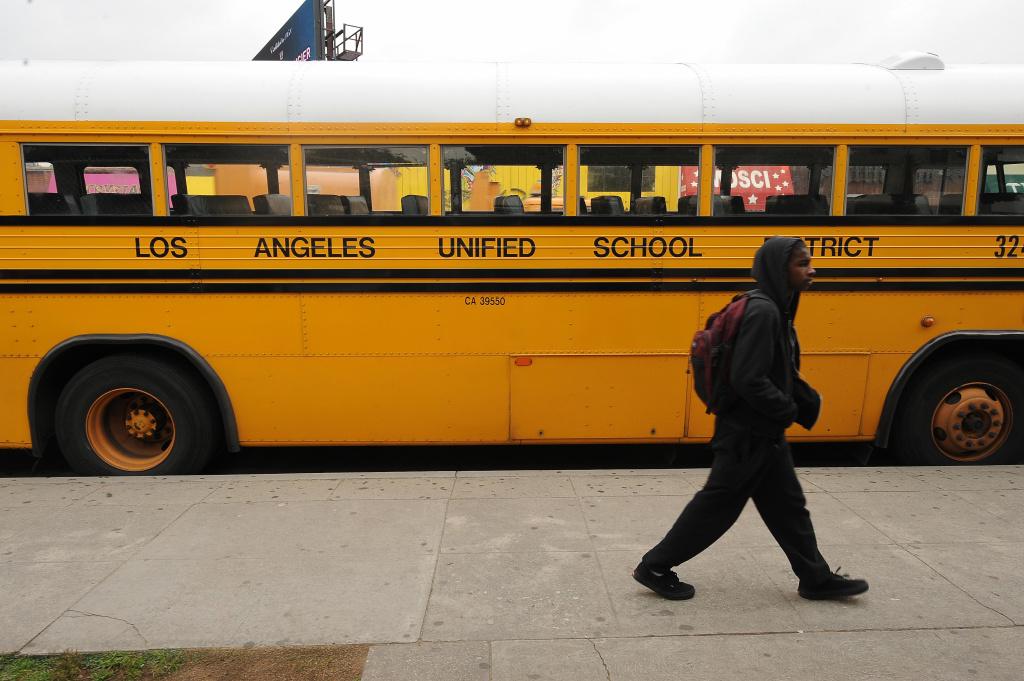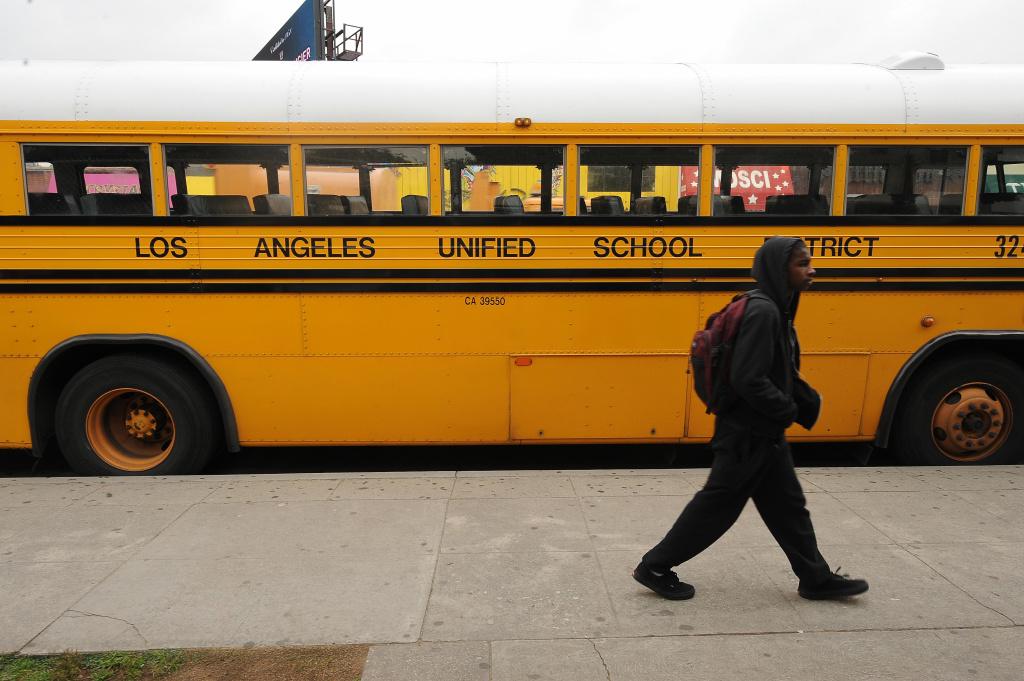Columnist shane welch.
The water crisis in Flint, Michigan sparked an immediate urge to examine how public health is risked when infrastructure is neglected. Although the water crisis in Flint stands as the most striking public health danger relating to drinking water contamination that has occurred recently, it is not alone. Many of our nation’s public schools face the same problem which needs to be acknowledged-high contamination of lead in the water supply.
According to the Environmental Protection Agencies assessment called “Lead in Drinking Water at Schools and Child Care Facilities,” There are around 90 thousand public schools and 500thousand child care facilities that are not regulated under the Safe Water Drinking Act. The Safe Water Drinking Act, among other things, discontinued the use of lead in water pipes after 1986 and routinely tests water for lead and other contamination.
In order for schools to fall under the jurisdiction of the EPA when it comes to the testing of water, they have to be considered a public water system. That requires a building to serve more than 25 individuals and use their own water source such as a well, many schools are hooked to utility sources. For the schools outside of EPA jurisdiction, testing is not mandatory as utilities test their water at the source.
But the problem doesn’tcome from the utility company, most lead contamination comes from pipes and fittings that contain lead within the schools plumbing; extra concerning when one factors inthe problem plumbing not only contains unsafe levels of lead, but is also old enough to be corroding.
gettyimages.com
Of the 90 thousand schoolsoutside of the EPA’s testing jurisdiction, many schools have been shown to have high levels of lead. In the New York Times article “Schools Nationwide Still Grapple With Lead in Water,” 30 schools in the Newark, New Jersey public school system that looks after 17 thousand students have had high levels of the contaminant. Newark is not alone either, with lead contamination popping up in Baltimore, Maryland and Sebring, Ohio among others like the Los Angeles Unified School District and Ithaca, New York.
Schoolslocated in cities or counties with adequate funding would fare better than others, such as New York City which replaced lead pipes and regularly tests the water in their schools.
The problem ismany of the school districts that have high levels of lead simply cannot afford to retrofit plumbing, and often will just turn off the tap after a water source has been found to have high levels of lead. This is problematic as water sources can be erratic about corrosion, contamination can break loose from old pipes at any given moment water is flowing.
Aside from the Safe Water Drinking Act in 1986 and the Lead and Copper Rule in 1991, there are not many regulatory things the EPA can do to address the problem of lead in schools under current regulations.
Lead is highly damaging to the development ofchildren, and according to the Center of Disease Control, there is no safe level of exposure.
Since lead is highly damaging to public health, the EPA should expand on regulations making testing mandatory in more schools, not just in schools that qualify as a public water system. It won’t fix the problem in many schools of needing to retrofit old pipes, but it would be the easiest and most cost effective way to ensure that children and staff don’t get exposed to dangerous levels of lead.





![[Both photos courtesy of sonoma.edu]
Ming-Ting Mike Lee stepped in as the new SSU president following Sakakis resignation in July 2022](https://sonomastatestar.com/wp-content/uploads/2024/04/CC4520AB-22A7-41B2-9F6F-2A2D5F76A28C-1200x1200.jpeg)




























